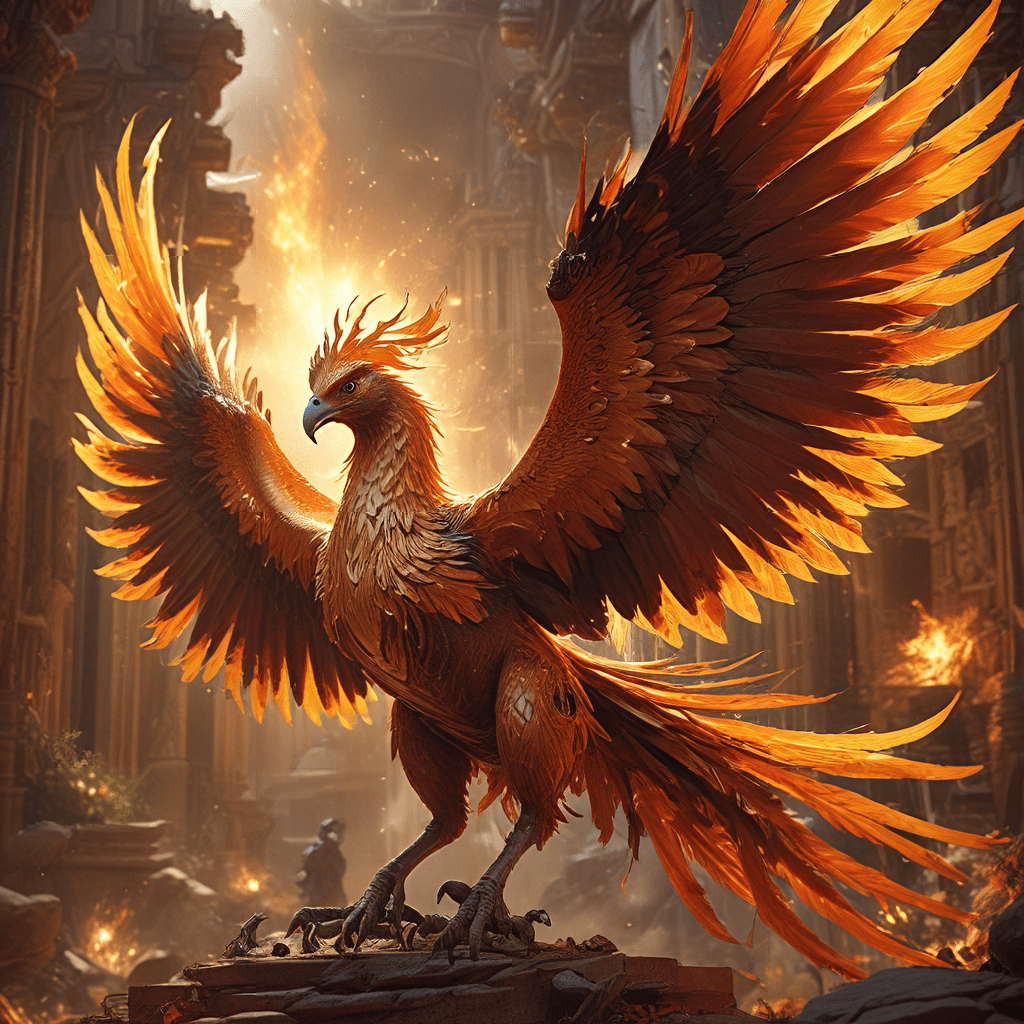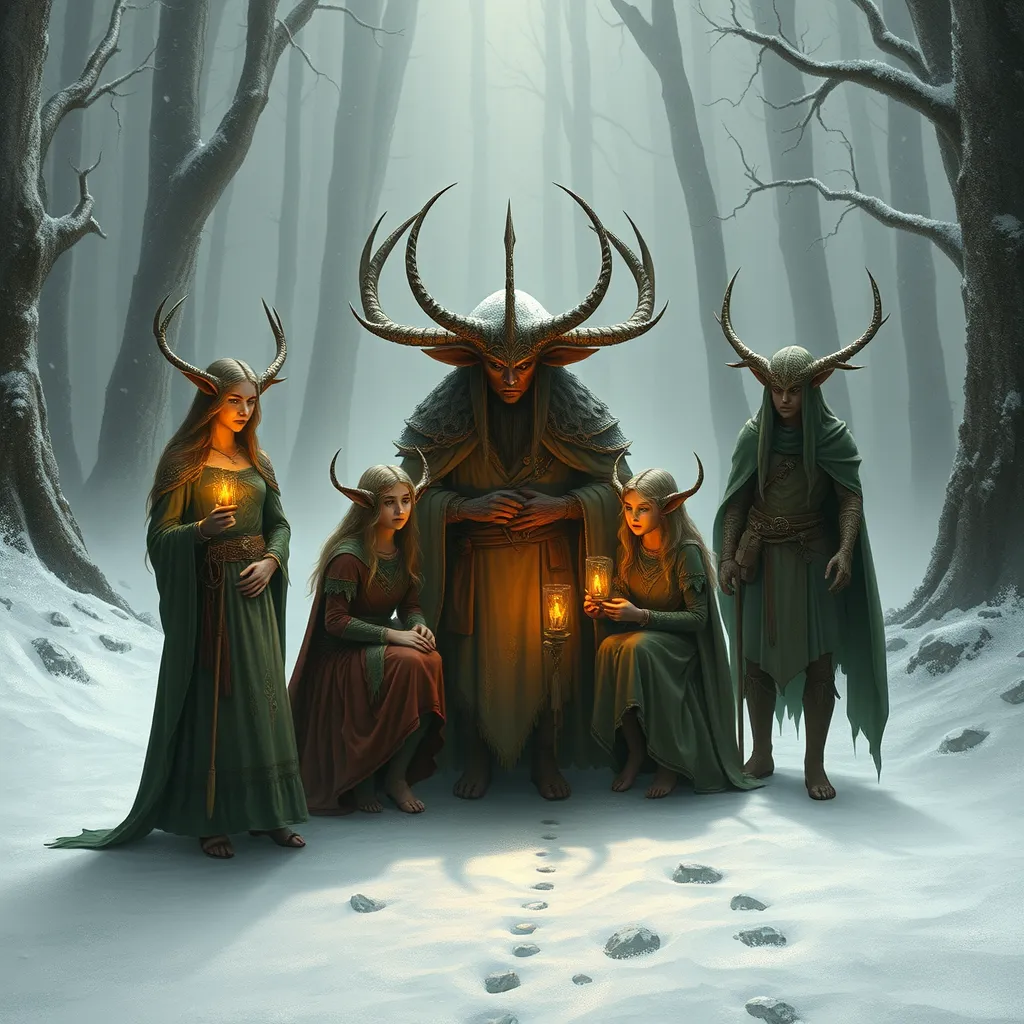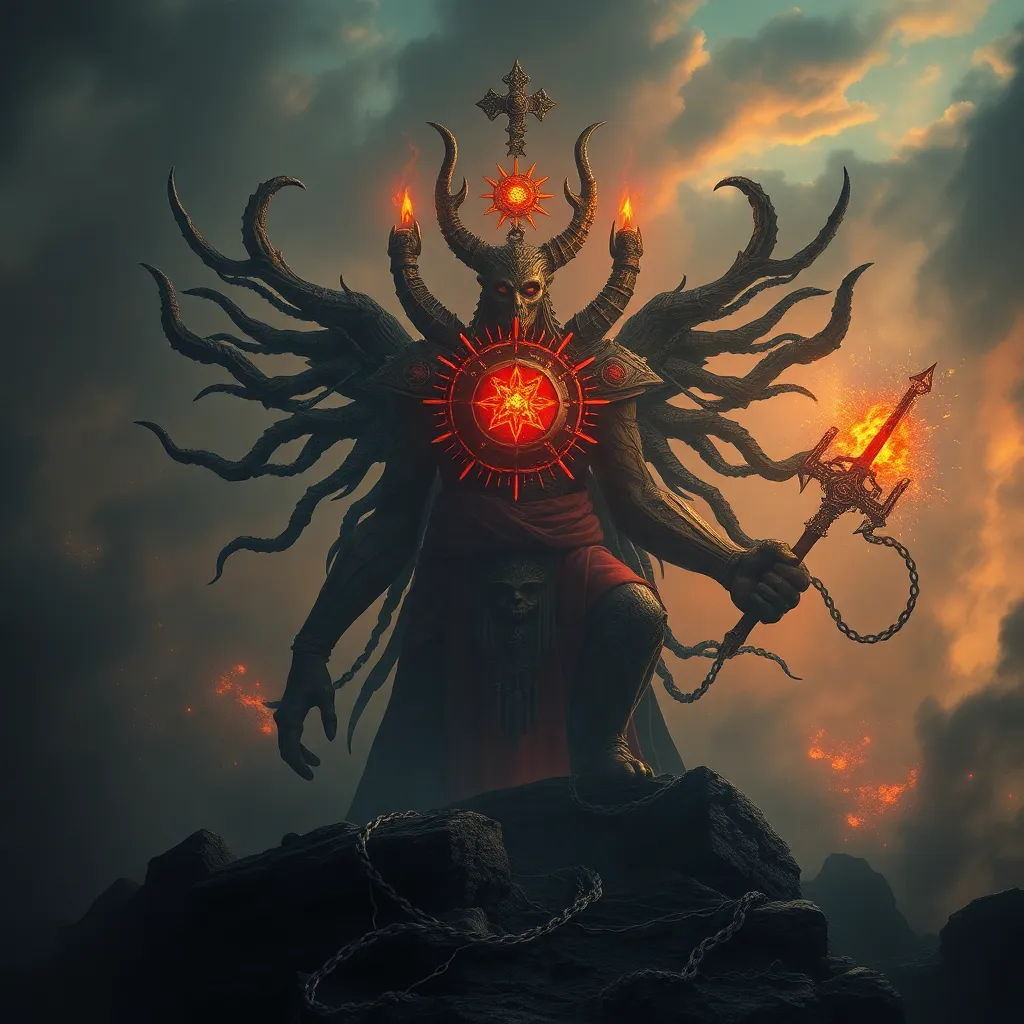The Phoenix: A Symbol of Rebirth
The phoenix, a mythical creature known for its fiery rebirth, has captivated imaginations for centuries. This majestic bird, often depicted with brilliant plumage and a powerful presence, embodies the cyclical nature of life, death, and renewal. From ancient myths to modern interpretations, the phoenix serves as a potent symbol of resilience, hope, and the enduring power of transformation.
The enduring appeal of the phoenix lies in its ability to transcend the limitations of mortality. Unlike ordinary creatures, the phoenix is not bound by the constraints of death. Its fiery demise is not an end but a transformative event, giving rise to a new life. This ability to rise from the ashes speaks to our own capacity for renewal, reminding us that even in the face of adversity, there is always the potential for rebirth.
The phoenix myth is not merely a fantastical tale; it is a deeply meaningful allegory for the human experience. The cycle of life, death, and renewal is a universal truth that resonates across cultures and time periods. The phoenix’s journey from fiery destruction to majestic rebirth mirrors the cyclical nature of our own lives, from our beginnings to our ultimate transformation.
Ancient Origins of the Phoenix Myth
The phoenix myth has deep roots in ancient history, its origins shrouded in the mists of time. While the bird’s specific attributes and narrative differ depending on the culture, the core concept of a fiery rebirth remains remarkably consistent. The phoenix myth has been found in various ancient civilizations, suggesting a shared human fascination with the cyclical nature of life and the power of rebirth.
The phoenix myth likely arose from ancient observations of natural phenomena. The cyclical nature of the seasons, the renewal of life after a fire, and the powerful symbolism of the sun, all contributed to the development of this enduring myth.
The phoenix served as a powerful symbol for ancient civilizations, representing not only the cycle of life and death but also the concepts of immortality, renewal, and the cyclical nature of time. The bird’s fiery demise and subsequent rebirth were seen as a metaphor for the continuous flow of creation and destruction, a fundamental aspect of the universe itself.
The Phoenix in Egyptian Mythology
In ancient Egypt, the phoenix was associated with the sun god Ra, a powerful deity who symbolized life, light, and the cyclical nature of time. According to Egyptian mythology, the phoenix, known as the Bennu, was believed to have a lifespan of 500 years. At the end of its life cycle, the Bennu would build a nest of cinnamon and myrrh, set it alight, and be consumed by flames. From the ashes, a new Bennu would emerge, symbolizing the eternal cycle of creation and renewal.
The phoenix’s association with the sun god Ra reinforced its connection with the celestial realm and the cyclical nature of time. The phoenix’s fiery rebirth was seen as a metaphor for the daily journey of the sun across the sky, its death at sunset and its rebirth at dawn.
The Phoenix in Greek Mythology
In ancient Greece, the phoenix was also a prominent figure in mythology, its story appearing in the works of poets like Ovid and Herodotus. In Greek mythology, the phoenix was believed to live for 500 years and then set itself ablaze. From the ashes, a new phoenix would emerge, carrying the spirit of its predecessor.
The phoenix’s ability to rise from the ashes held a powerful message for the Greeks, representing the triumph of life over death, the enduring power of the spirit, and the cyclical nature of existence. The myth of the phoenix was used to explain the phenomenon of the sun’s rebirth each morning, as well as the cyclical nature of life and the inevitability of death.
The Phoenix in Chinese Mythology
In Chinese mythology, the phoenix is known as the Fenghuang, a mythical bird that symbolizes harmony, prosperity, and good fortune. The Fenghuang is often depicted with colorful plumage, a majestic appearance, and a graceful demeanor. Unlike its counterparts in other cultures, the Fenghuang is generally not associated with death and rebirth, but rather with the cyclical nature of time and the importance of harmony in the universe.
The Fenghuang is often portrayed as a symbol of the female principle, representing grace, beauty, and nurturing qualities. In Chinese mythology, the Fenghuang is believed to appear only in times of peace and harmony, symbolizing the ideal society and the importance of social balance.
The Phoenix in Christian Theology
The phoenix myth has also influenced Christian theology, where it is often linked to the concept of resurrection. The phoenix’s fiery demise and subsequent rebirth are seen as a prefiguration of Christ’s death and resurrection, symbolizing the triumph of life over death and the promise of eternal life.
The phoenix’s ability to rise from the ashes is seen as a metaphor for the Christian concept of salvation, which involves a transformation from a state of sin and death to a state of grace and eternal life. The phoenix’s fiery rebirth is a powerful symbol of hope and renewal, reminding Christians of the promise of resurrection and the ultimate victory of life over death.
The phoenix has become a powerful and enduring symbol, spanning centuries and cultures. Its fiery demise and subsequent rebirth have captivated imaginations and inspired countless works of art, literature, and music. The phoenix continues to remind us of the cyclical nature of life, the enduring power of the spirit, and the potential for renewal even in the face of adversity.
The Phoenix as a Metaphor for the Cycle of Life
The phoenix’s fiery rebirth is a powerful metaphor for the cyclical nature of life. Just as the phoenix rises from the ashes, new life emerges from death and decay. The cycle of life, death, and renewal is a fundamental principle in nature, and the phoenix myth serves as a reminder of this timeless truth.
Every living thing experiences a life cycle, from birth to death. Plants sprout from seeds, animals are born, humans grow old, and eventually, all living things succumb to the inevitable embrace of death. But death is not an end, but rather a transition. Just as the phoenix rises from the ashes, nature transforms death into new life. The seeds of a fallen tree grow into new trees, animals decompose and nourish the soil, and the cycle continues.
The phoenix’s journey of fiery death and rebirth reminds us of the cyclical nature of our own lives. We are born, we grow, and we eventually age and die. But even in death, there is a sense of renewal, as our lives continue to influence the world around us. Our memories, our ideas, and our legacy live on, contributing to the ongoing cycle of life.
The Phoenix and the Concept of Resurrection
The phoenix’s fiery rebirth has also been linked to the concept of resurrection, a prominent theme in many religious and spiritual traditions. Resurrection is the belief that a person or spirit can return to life after death, often in a transformed state. The phoenix’s ability to rise from the ashes symbolizes the promise of resurrection, the idea that life can triumph over death.
In Christianity, the resurrection of Jesus Christ is a central tenet of faith. Jesus’ sacrifice on the cross and his subsequent resurrection are seen as a triumph over death and a promise of eternal life. The phoenix myth is often interpreted as a prefiguration of Christ’s resurrection, a symbolic foreshadowing of the ultimate victory of life over death.
The phoenix’s fiery rebirth is a powerful reminder that death is not the end of all things. It is a transition, a passage from one state of existence to another. Resurrection, whether literal or symbolic, represents the enduring power of life and the possibility of renewal.
The Phoenix and the Role of Sacrifice in Renewal
The phoenix’s fiery demise is often seen as a form of sacrifice, a necessary act of self-destruction that enables renewal. This concept of sacrifice for renewal is found in many cultures and religious traditions. In ancient Greece, the practice of animal sacrifice was common, with the belief that offering an animal’s life would appease the gods and bring about a renewal of blessings.
In many religious traditions, the concept of sacrifice plays a central role in achieving spiritual growth and renewal. The sacrifice of the phoenix, its fiery self-immolation, is a powerful symbol of the transformative power of sacrifice. By sacrificing its own life, the phoenix enables the emergence of new life, a testament to the cyclical nature of life and the importance of sacrifice in achieving renewal.
The phoenix’s fiery rebirth serves as a reminder that even in the face of adversity, transformation is possible. Sacrifice, though painful, can lead to renewal and rebirth. By embracing the transformative power of sacrifice, we can break free from the limitations of the past and emerge as new individuals.
The Phoenix as a Source of Inspiration and Hope
The phoenix myth is a powerful source of inspiration and hope, reminding us that even in the darkest of times, there is always the potential for rebirth. The phoenix’s ability to rise from the ashes symbolizes the resilience of the human spirit and our ability to overcome even the most challenging of obstacles.
The phoenix myth is a reminder that our lives are not static; they are constantly in flux, a continuous cycle of growth, change, and renewal. The phoenix’s journey of fiery death and subsequent rebirth is a powerful metaphor for the transformative power of change, reminding us that even in the face of loss and adversity, new beginnings are always possible.
The phoenix inspires us to embrace change, to see challenges as opportunities for growth, and to believe in the possibility of a brighter future. The phoenix’s fiery rebirth is a timeless reminder that even in the face of death, life can emerge anew, stronger and more vibrant than before.
FAQ
**What is the phoenix?**
The phoenix is a mythical creature, often depicted as a bird with brilliant plumage, that is known for its ability to rise from the ashes.
**Where did the phoenix myth originate?**
The phoenix myth has ancient origins and is found in various cultures, including Egyptian, Greek, Chinese, and Christian traditions.
**What does the phoenix symbolize?**
The phoenix symbolizes the cyclical nature of life, death, and renewal; the triumph of life over death; the enduring power of the spirit; and the potential for transformation.
**How does the phoenix rise from the ashes?**
According to the myth, the phoenix lives for a long period of time and then sets itself ablaze, dying in a fiery sacrifice. From the ashes, a new phoenix emerges, carrying the spirit of its predecessor.
**What is the significance of the phoenix’s fiery death?**
The phoenix’s fiery death is often seen as a form of sacrifice, a necessary act of self-destruction that enables renewal.
**How does the phoenix myth relate to the concept of resurrection?**
The phoenix’s fiery rebirth is often linked to the concept of resurrection, the belief that a person or spirit can return to life after death.
**What role does the phoenix myth play in Christian theology?**
The phoenix myth is often interpreted as a prefiguration of Christ’s resurrection, a symbolic foreshadowing of the ultimate victory of life over death.
**Is the phoenix a real creature?**
No, the phoenix is a mythical creature. It does not exist in the real world.
**How has the phoenix been depicted in art and literature?**
The phoenix has been a recurring theme in art and literature throughout history, appearing in paintings, sculptures, poems, and stories.
**What are some popular examples of the phoenix in art and literature?**
The phoenix is featured in various works of art and literature, including the works of Ovid, Herodotus, and John Milton.
**What lessons can we learn from the phoenix myth?**
The phoenix myth teaches us about the cyclical nature of life, the enduring power of the spirit, the potential for rebirth, and the importance of embracing change and renewal.
**How can the phoenix myth inspire us today?**
The phoenix myth can inspire us to overcome adversity, embrace change, and believe in the possibility of a brighter future. Its fiery rebirth is a powerful reminder that even in the face of death, life can emerge anew, stronger and more vibrant than before.




